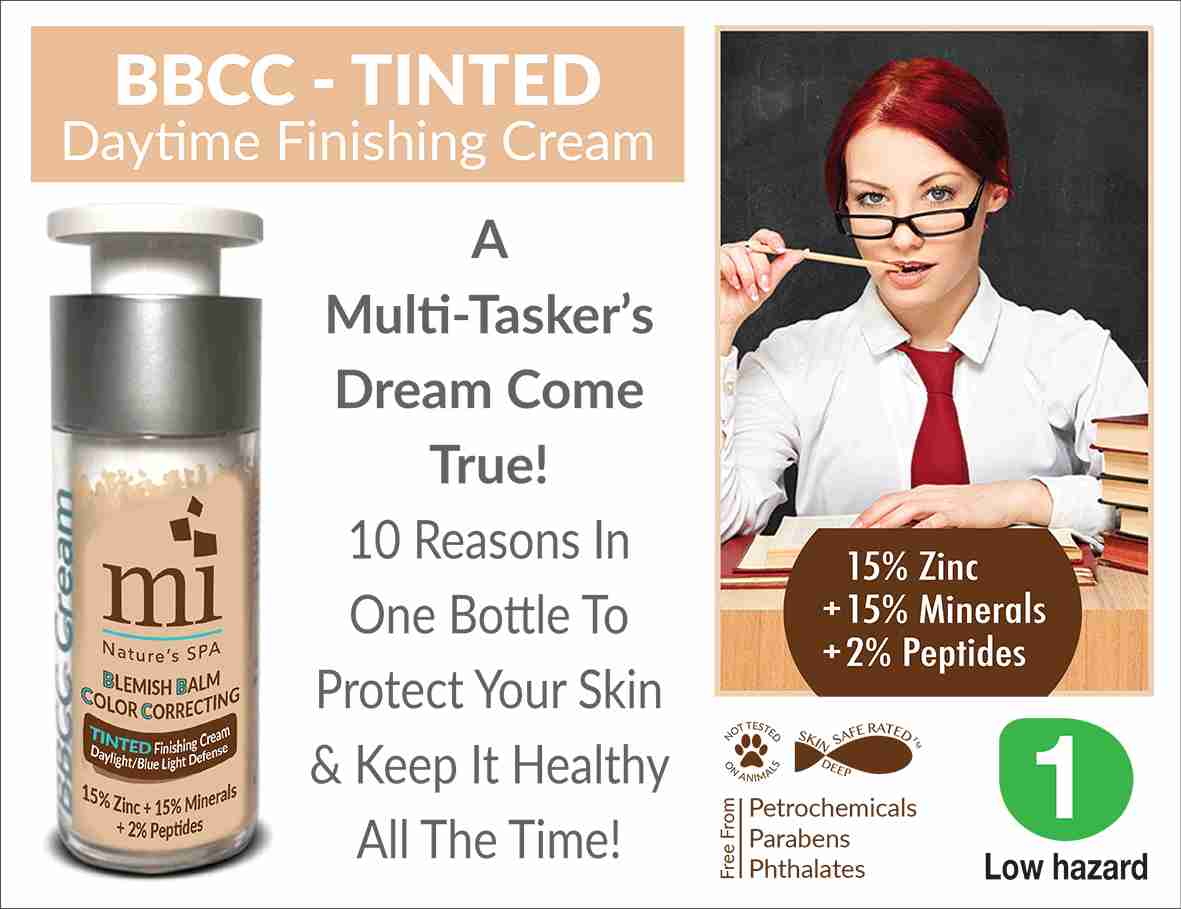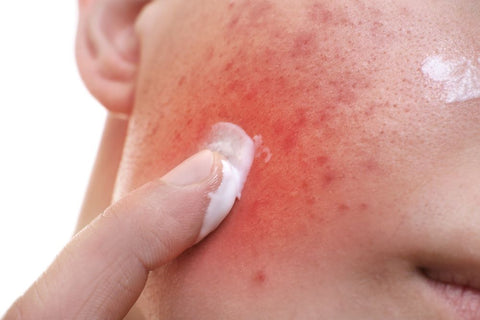x
Reviews(0)




Acne Treatment with Red Light:
FACTS ABOUT ACNE
Acne affects between 40 and 50 million people in the US alone. While teens make up the bulk of those affected, it’s estimated that 54% of women and 40% of men over 25 suffer from the condition. Source According to the American Medical Association.
• Acne can be inflammatory consists of swelling, redness and an accumulation of pus. Examples of inflammatory acne include, from mildest to most severe
• Noninflammatory AKA comedonal acne, typically refers to whiteheads and blackheads and responds well to treatment. While acne most commonly affects the face, it can also be found on the back, neck, chest, shoulders and upper arms.
There is a difference between pimples and acne. While everyone gets the odd pimple, acne is recognized as a chronic skin condition and a disease. Pimples are a symptom of acne.
WHAT CAUSES ACNE?
There are essentially four steps, or factors, in the development of inflammatory acne symptoms.
1. Excess sebum production: Sebum is your skin’s natural lubricant, produced by glands attached to hair follicles. When your body produces too much sebum it can clog pores.
2. Clogging of hair follicles by oil and dead skin cells.
3. Bacteria: Everyone has acne-causing bacteria on their skin, called Propionibacterium acnes, or P. Acnes, that feed on sebum.Research has found that P. Acnes behaves differently on different people, causing acne in some and not in others. What’s more, researchers have recently discovered that certain strains of the bacteria are more commonly found on healthy skin than acne-prone skin, indicating a possible preventative effect. (Source)
4. Inflammation: The redness, swelling and pus commonly associated with acne is a result of an inflammatory response to bacterial infection. P. Acnes secretes substances that break down sebum, which it then consumes. These secreted substances irritate the surrounding tissue, causing an inflammatory response that leads to swelling, redness, and pus.
Some researchers have recently posited that inflammation may play a larger role than originally thought, and that acne is at its root an inflammatory disease. This has major implications for treatment with red light therapy. https://www.ncbi.nlm.nih.gov/pmc/articles/PMC3780801/
There are also factors that can trigger or worsen acne, including:
Genetics: While there is no known acne gene, genetics can influence whether or not someone is prone to acne. How a person’s immune system responds to inflammation can be hereditary, for instance, as can the speed at which one sheds dead skin cells, both of which can influence acne.
Hormones: Androgens are a type of hormone that, among their many functions, cause sebaceous glands to enlarge and secrete more sebum. At puberty your hormone levels shoot up quite dramatically, and your sebaceous glands are suddenly kicked into overdrive. This is why teens suffer more from acne than any other age group. Androgen levels tend to stabilize some as your body stops growing.
Medications: Several medications can cause acne or worsen it, including corticosteroids, androgenic steroids, anticonvulsants, barbiturates and lithium, to name a few.
Infrared has proven to improve acne if used with Mineral Infusion. Follow us @ MiTopics for acne healing mineral infusion by mi!
HOW IS ACNE TREATED?
That the cause of acne hasn’t been pinned down makes it all the more difficult to treat. Here are some of the more common acne treatments.
x









